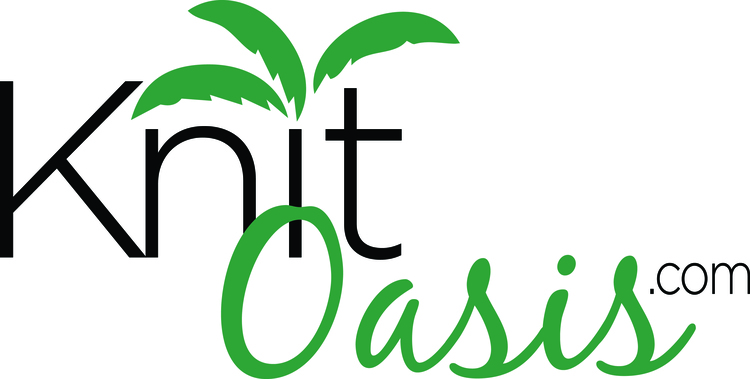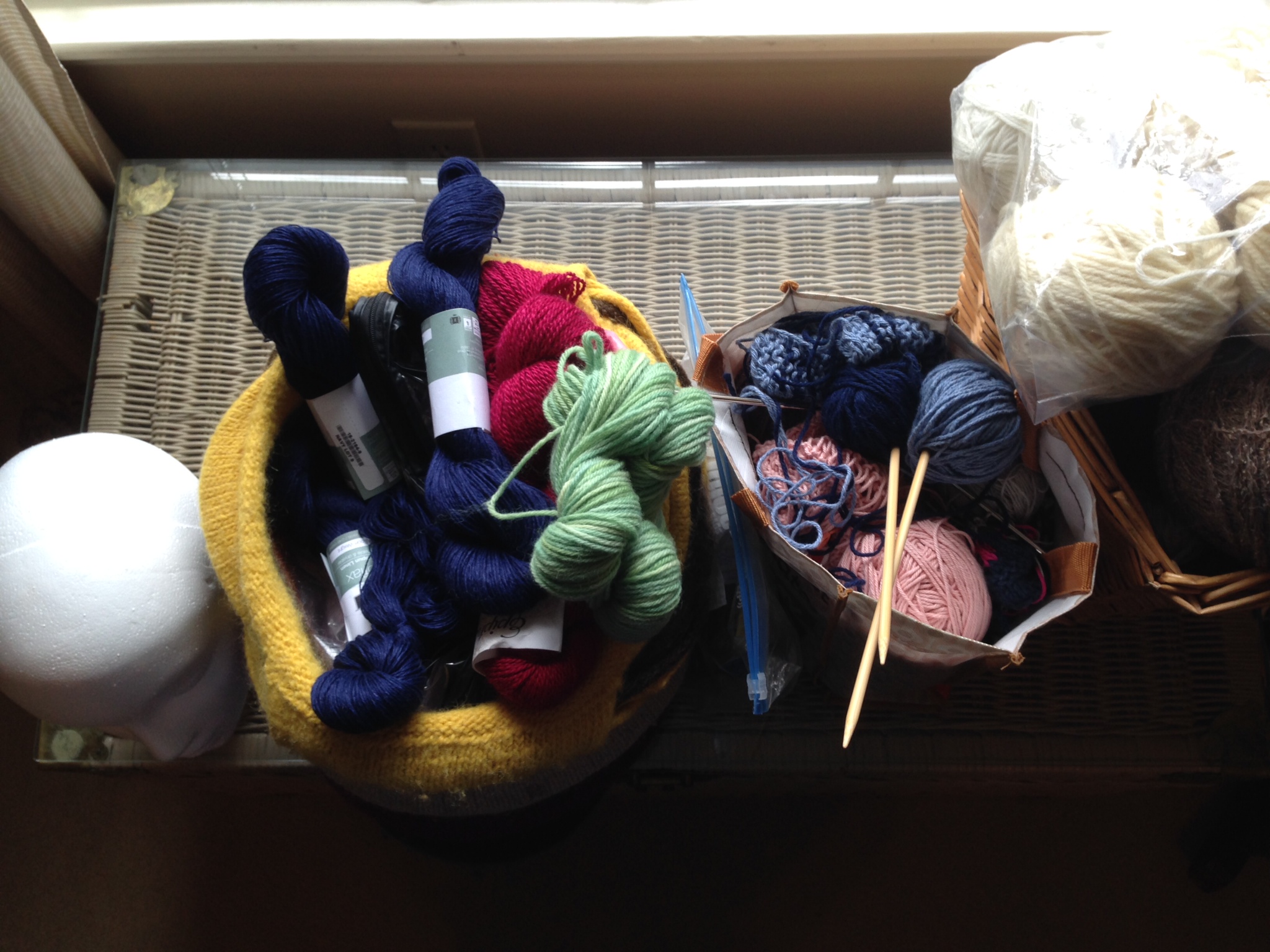The Charleston Indigo Scarf
All this time that I've been mucking about with indigo dye (and loving it!), I've thought, I really really REALLY need to come up with some knitting pattern that will show off this amazing color. Really. A couple of months ago, I was given a charge by my friend Pat to create a pattern that would be "something very Charleston...you know...maybe with indigo...a scarf or a shawl or something...". Well, Pat, I did it. What do you think?
It's not cold here yet, but it will be, and I think I will have to wear this scarf every. single. day.
Some lace, some textured stitches, some drop stitch action on each end...there's always something going on!
It helps to have a model who is studying to be a professional dancer...
On location--this house did not survive the big earthquake of 1886, despite being one of the oldest Ashley River plantations in Charleston. The primary crops grown on this once prosperous site were, you guessed it, INDIGO and rice.
Stitchy!
This pattern makes me happy. I loved knitting it and I was a little sad to finish it; it was that much fun to work on! I used 100% cotton worsted weight yarn, hand-dyed in my backyard in a big ole vat of natural indigo, knit with US size 8 needles for a gauge of 18 stitches = 4 inches (measured on that twisty stitch stuff in the middle that looks like the spans on bridges or the details on the roof line of an old house in the historic district of Charleston.).
If you want to knit this scarf (and make my day by doing it), you'll need the pattern, available for sale in my Ravelry store or in my Craftsy store (and later on at SAFF, but that's a story for another day in October), and approximately 450-550 yards of yarn. I would love it if you used blue, but let's be honest--not everyone wants blue. I personally think it will look amazing in any color, and I promise not to judge you if you use a different color.
As always, with any pattern I sell (or class I teach), I want you to be happy with it, so just give me a holler if you have any questions.













